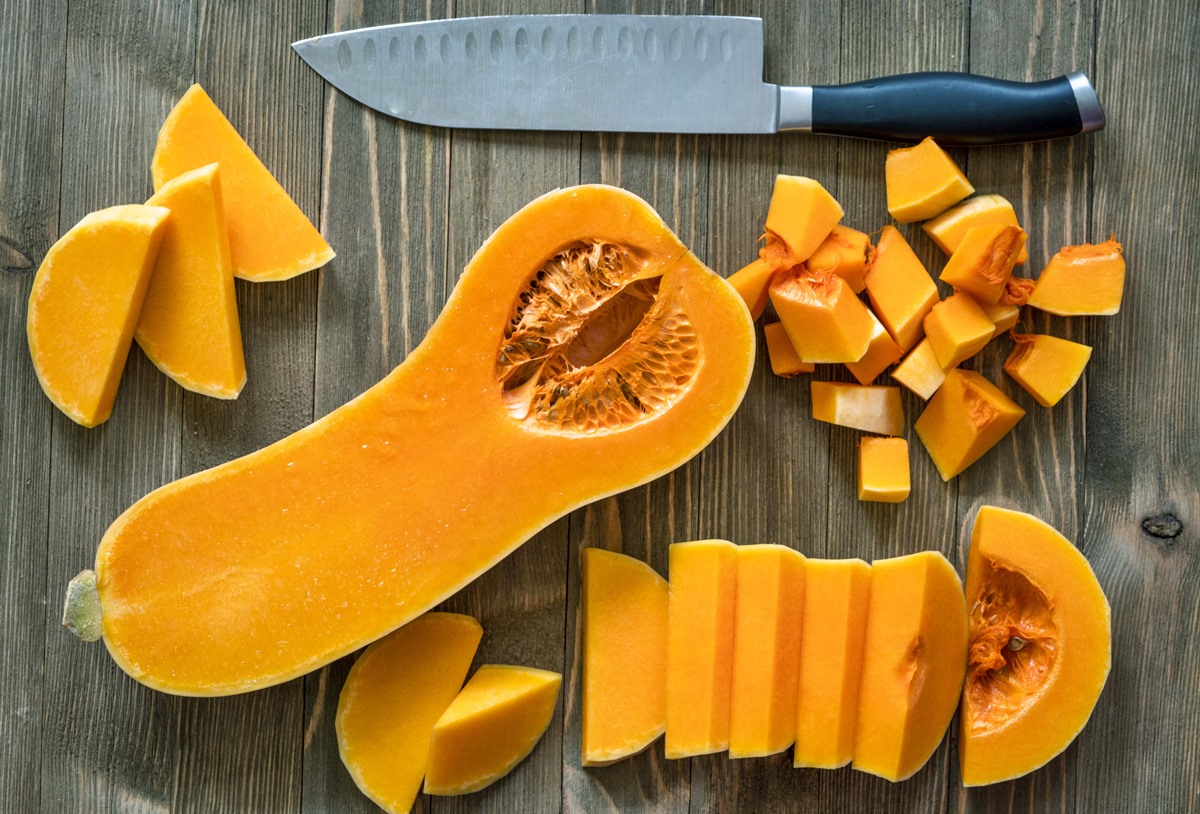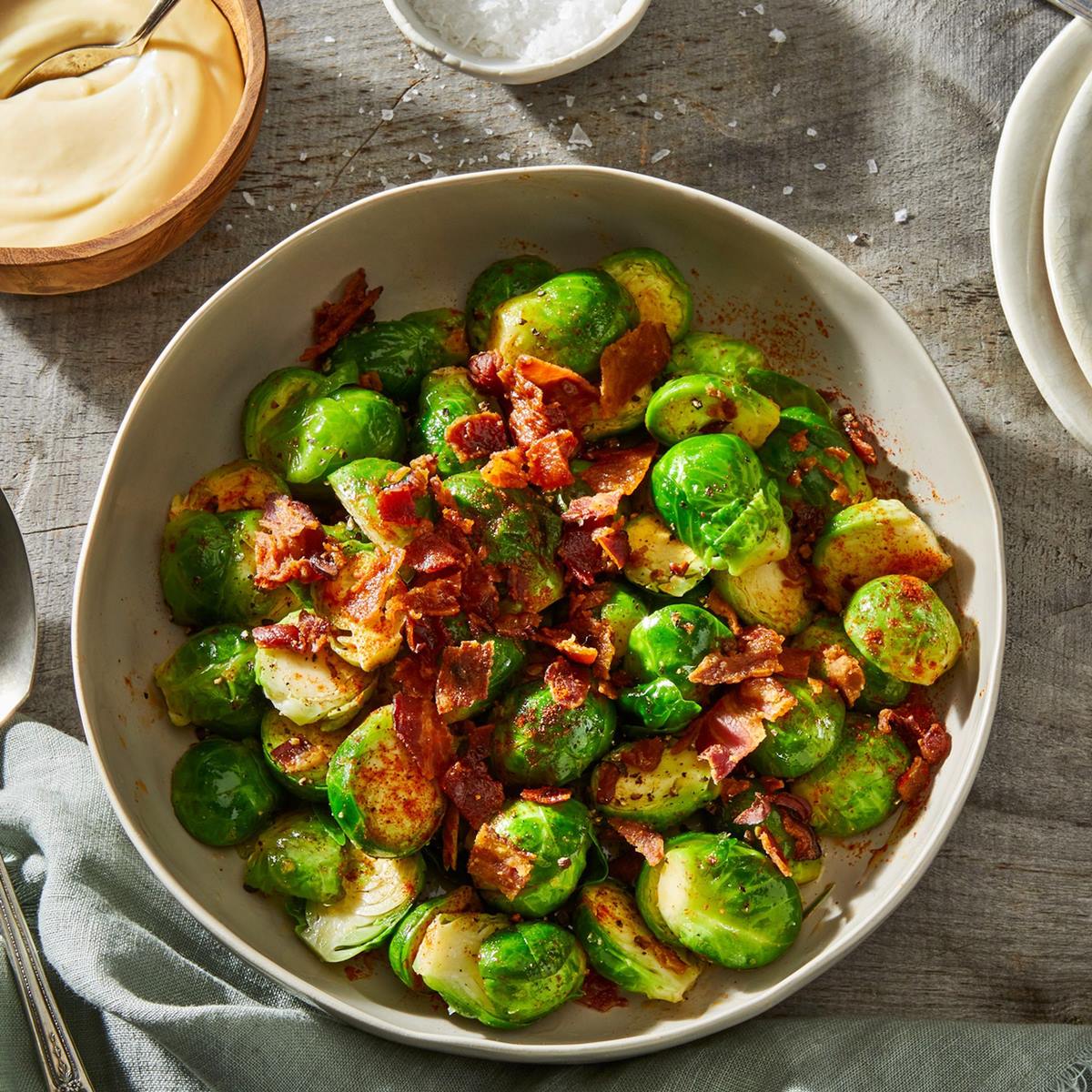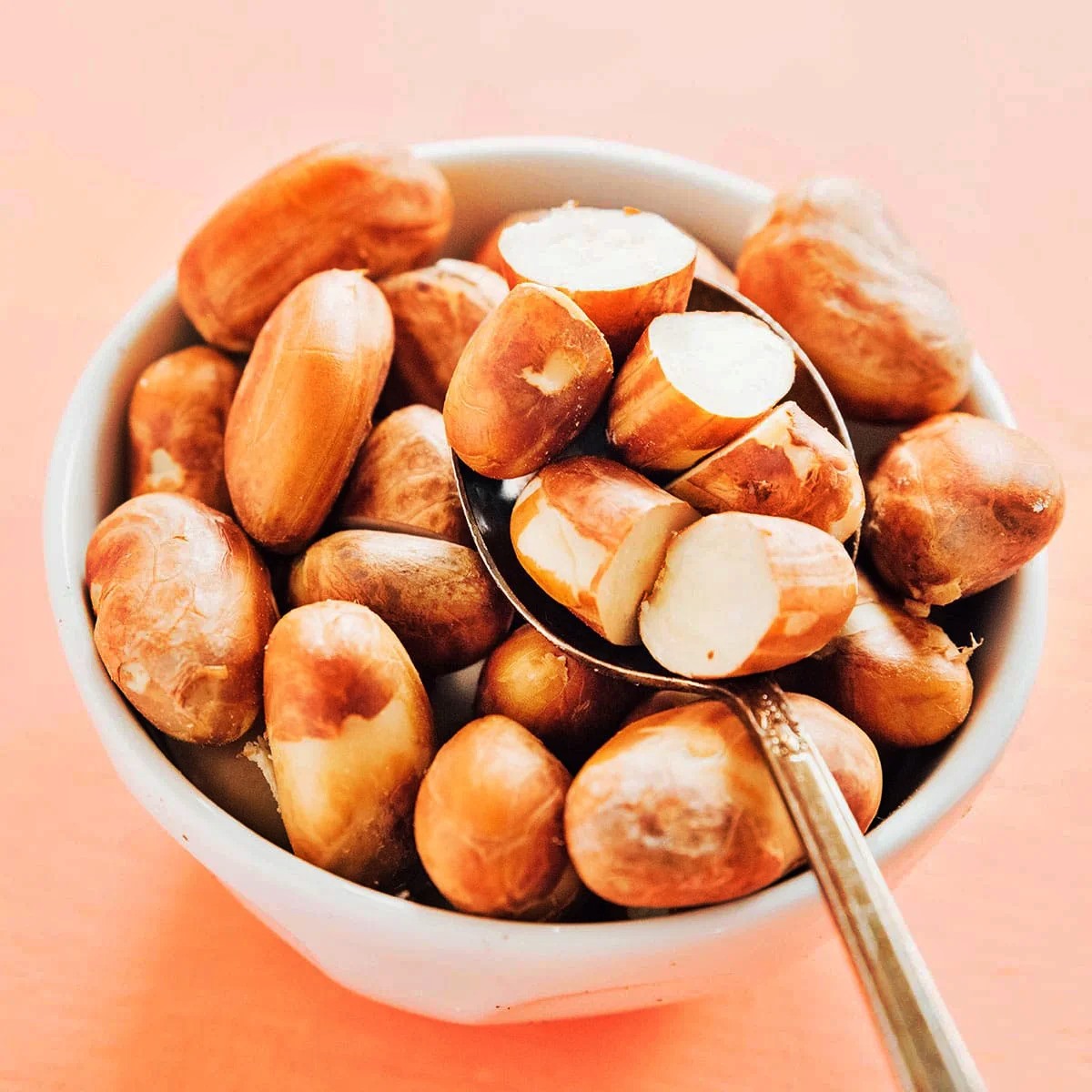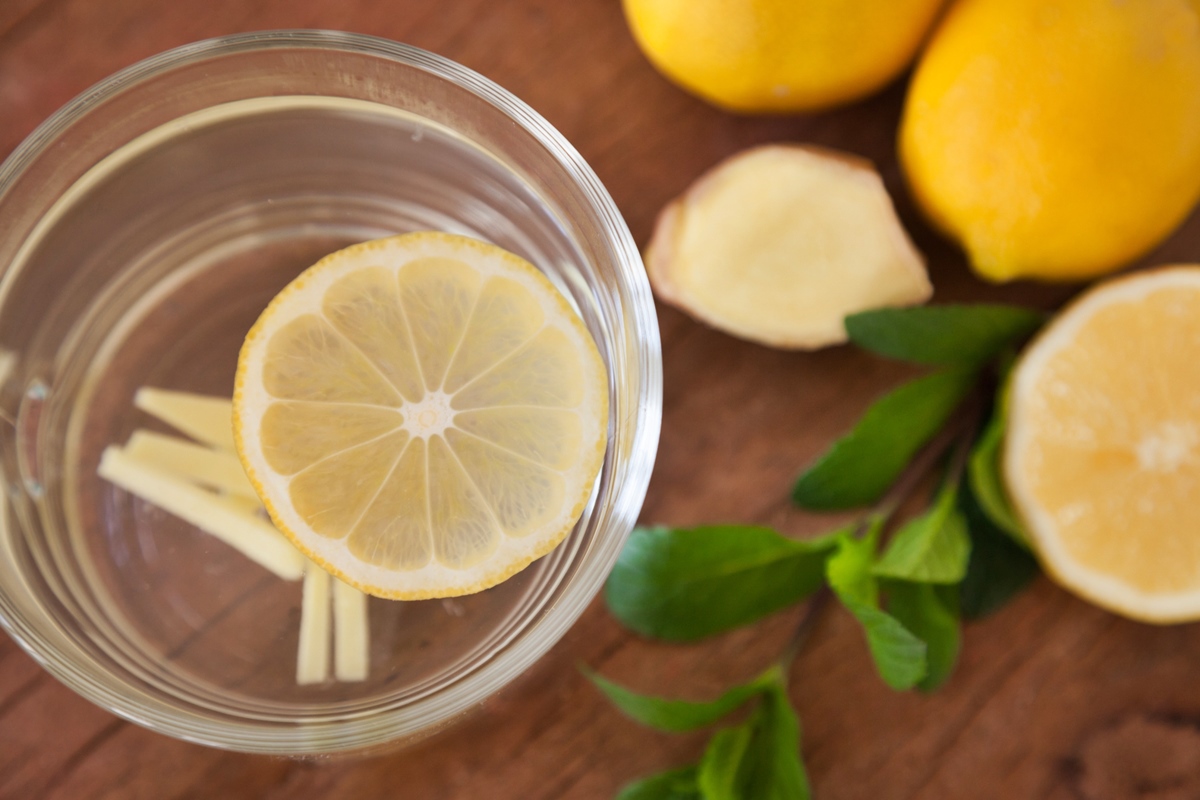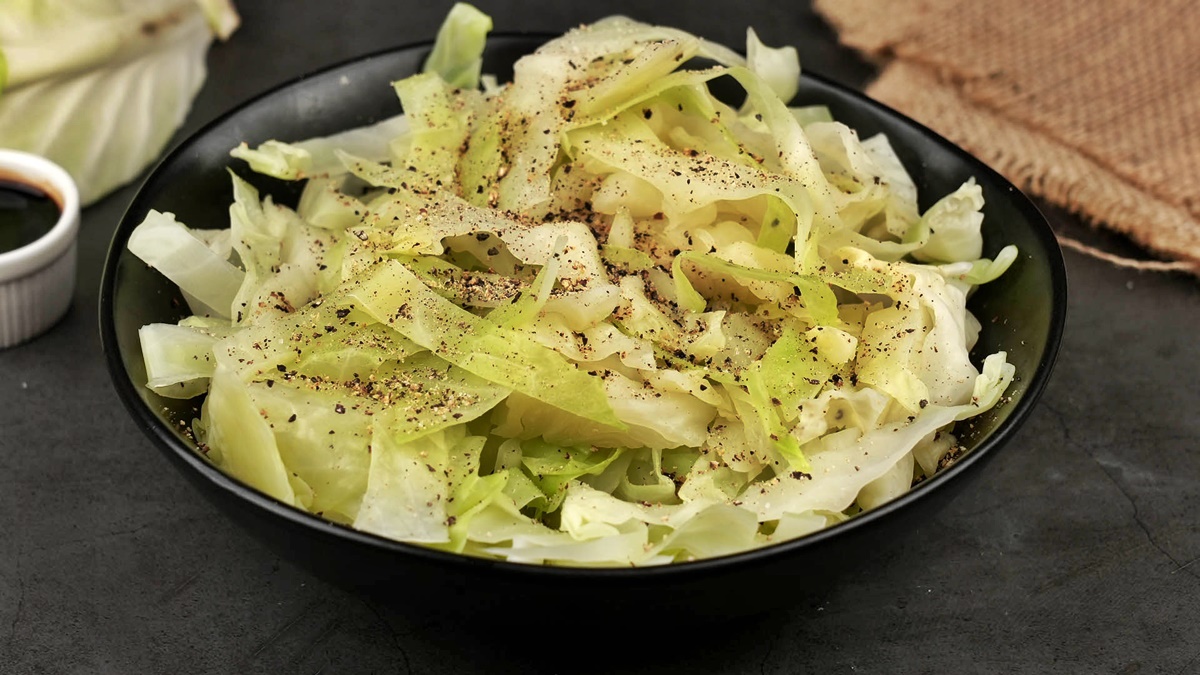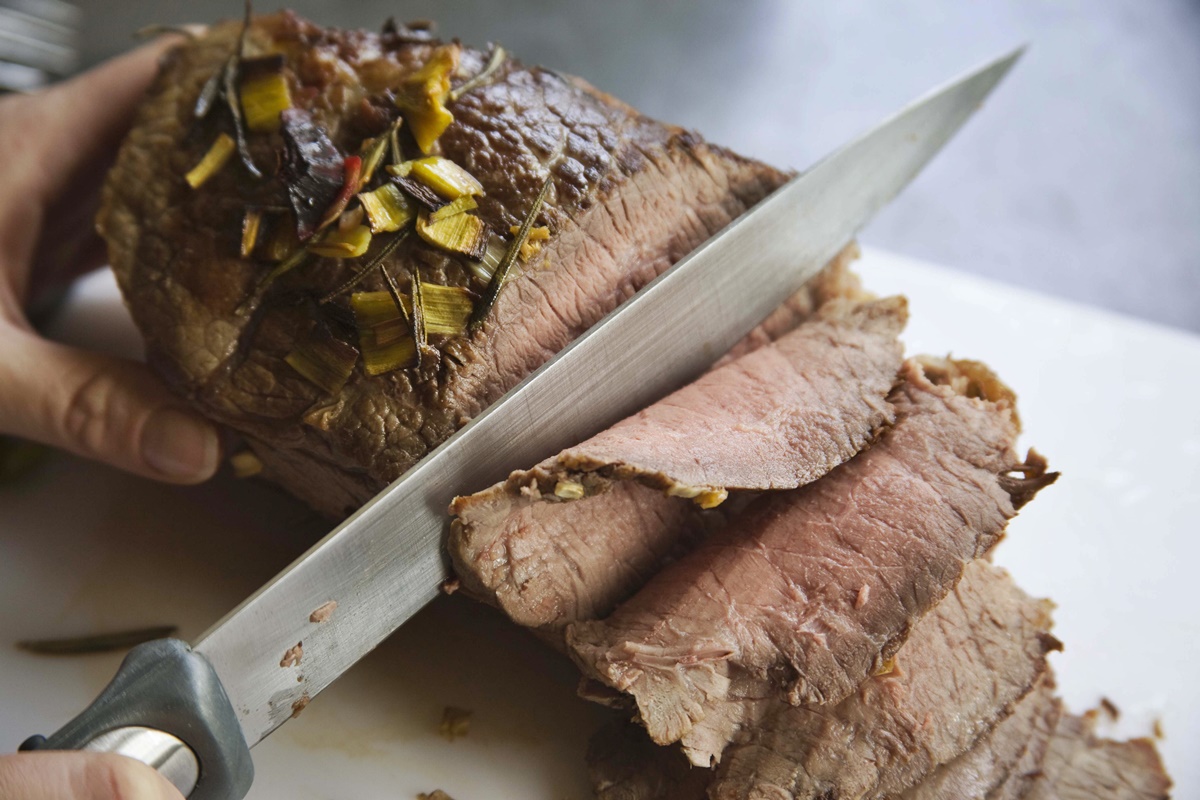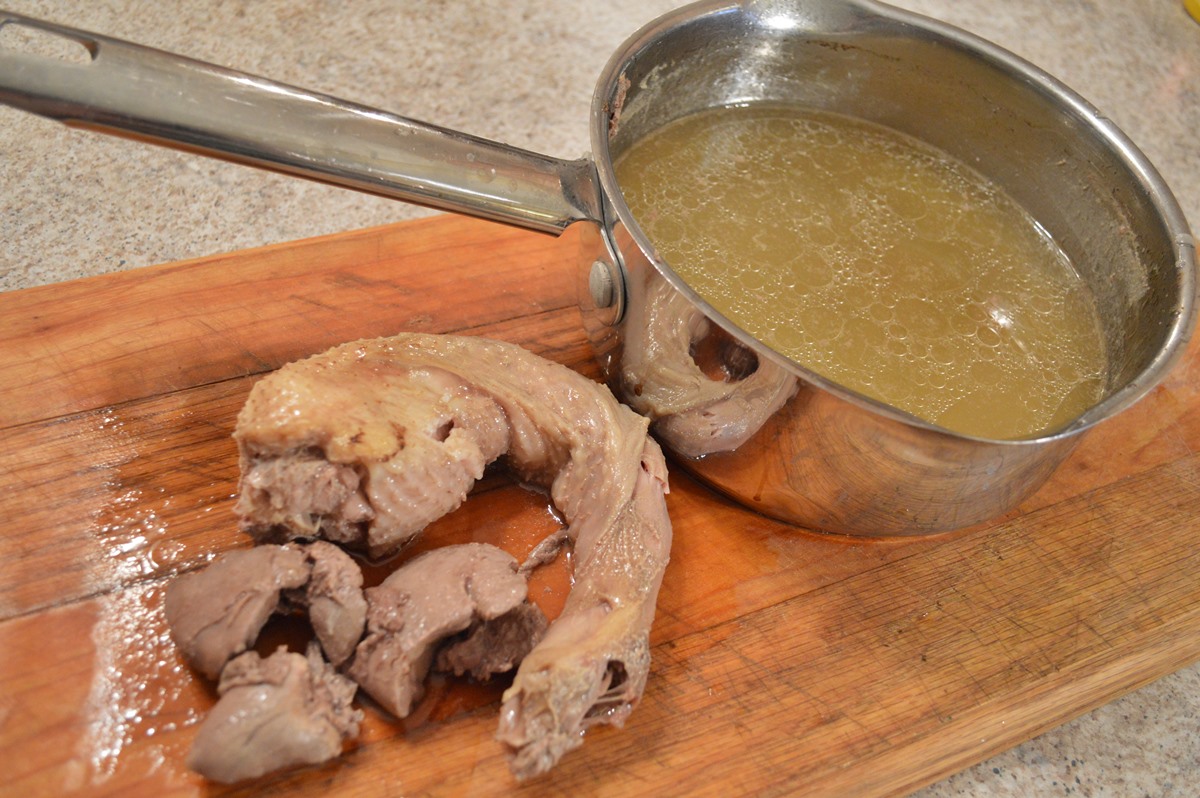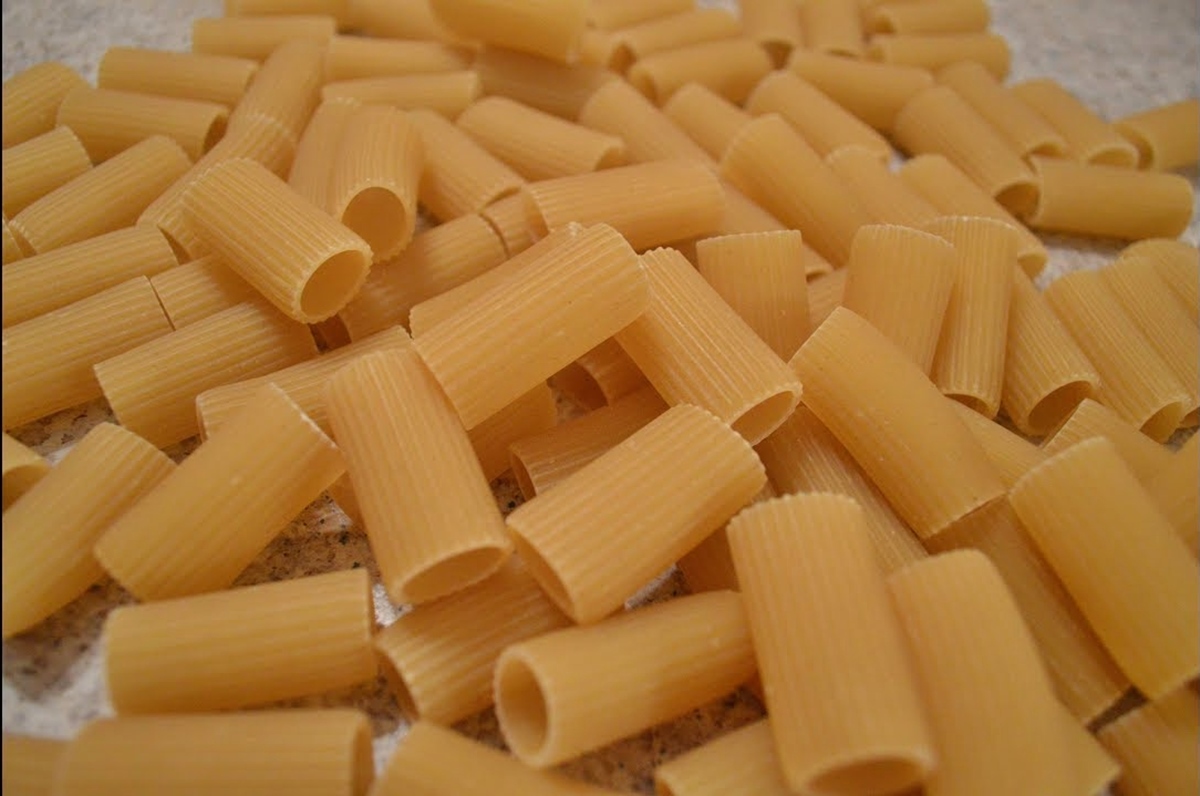How to Boil Veggies: A Delicious and Nutritious Cooking Method
Boiling veggies is a classic cooking technique that can help you prepare delicious and nutritious meals. Whether you are a seasoned chef or a beginner in the kitchen, boiling veggies is a simple and effective way to retain their natural flavors and essential nutrients. In this article, we will guide you through the process of boiling veggies to perfection.
The Benefits of Boiling Veggies
Boiling veggies has several advantages over other cooking methods. Here are some of the key benefits:
- Retains Nutrients: Boiling veggies helps the vegetables retain their essential vitamins and minerals, ensuring that you get the maximum nutritional value from your meal.
- Enhances Digestibility: By softening the vegetables, boiling makes them easier to digest, which is especially beneficial for individuals with sensitive stomachs.
- Versatile and Easy: Boiling veggies is a versatile method that works well with a wide variety of vegetables, making it a convenient option for many recipes.
Step-by-Step Guide to Boiling Veggies
Follow these simple steps to boil veggies to perfection:
- Choose Fresh Veggies: Select fresh, firm vegetables for boiling. Opt for organic varieties whenever possible to ensure the highest quality and taste.
- Preparation: Wash the veggies thoroughly under cold water to remove any dirt or residue. Peel or trim them if necessary, based on your recipe.
- Cut into Uniform Pieces: To ensure even cooking, cut the vegetables into uniform pieces. This will help them cook at the same rate.
- Boiling Water: Place a large pot of water on the stove and bring it to a rolling boil. Add a pinch of salt for seasoning, and optionally, you can also add herbs or spices to enhance the flavor.
- Add the Veggies: Carefully add the prepared veggies to the boiling water. Make sure not to overcrowd the pot, as this can affect the cooking time and result in unevenly cooked vegetables.
- Cooking Time: Boil the veggies until they are tender but still slightly crisp. The cooking time will vary depending on the type and size of the vegetables. You can test the doneness by piercing them with a fork.
- Drain and Serve: Once the veggies are cooked to your desired texture, remove them from the boiling water using a slotted spoon or sieve. Drain off any excess water and transfer them to a serving dish.
- Season and Enjoy: Season the boiled veggies with your favorite herbs, spices, or sauces to enhance the flavor. Serve hot as a side dish or incorporate them into your favorite recipes.
Remember, overcooking vegetables can result in loss of nutrients and a mushy texture. Keep a close eye on the cooking time to ensure that your veggies are perfectly cooked.
Best Veggies for Boiling
While most vegetables can be boiled, some are particularly well-suited for this cooking method. Here are a few favorites:
- Broccoli: Boiling broccoli brings out its vibrant green color and maintains its cruciferous goodness.
- Carrots: Boiling carrots enhances their natural sweetness and makes them tender and flavorful.
- Cauliflower: Boiling cauliflower results in a soft and delicate texture, perfect for mashing or as a foundation for creamy soups.
- Potatoes: Boiling potatoes is the first step in numerous delicious recipes, such as mashed potatoes or potato salads.
- Green Beans: Boiling green beans helps maintain their vibrant color and crispness, making them a delightful addition to any meal.
Experiment with different veggies to discover your personal favorites and use them in a variety of dishes.
Conclusion
Boiling veggies is a simple and effective cooking method that allows you to enjoy delicious and nutritious meals. Whether you are a health-conscious individual looking to preserve the natural goodness of vegetables or a culinary enthusiast exploring new flavors, boiling veggies is a versatile technique that can elevate your cooking. Remember the key steps: choose fresh veggies, prepare them carefully, boil in seasoned water, cook until tender, and season to taste. So, head to your kitchen, grab some fresh veggies, and start boiling your way to a tasty and healthy meal!
Explore More: Delicious Recipes and Creative Uses
Now that you've mastered the art of boiling veggies, why not put those skills to good use with a variety of delicious recipes? For a comforting and hearty meal, the Creamy Potato Salad or Classic Mashed Potatoes offer traditional flavors that are always a crowd-pleaser. If you're aiming for something with a bit of sophistication, try the Glazed Carrots with Honey and Thyme. Those looking for a healthy yet tasty option should consider the Broccoli Cheddar Soup or Cauliflower Puree, perfect for cozy nights in. For a global twist, the Russian Borscht with Boiled Vegetables is a colorful, flavorful choice that showcases your boiling prowess. Each recipe provides a unique way to celebrate your newly polished boiling skills while delivering mouth-watering dishes that promise to impress.


